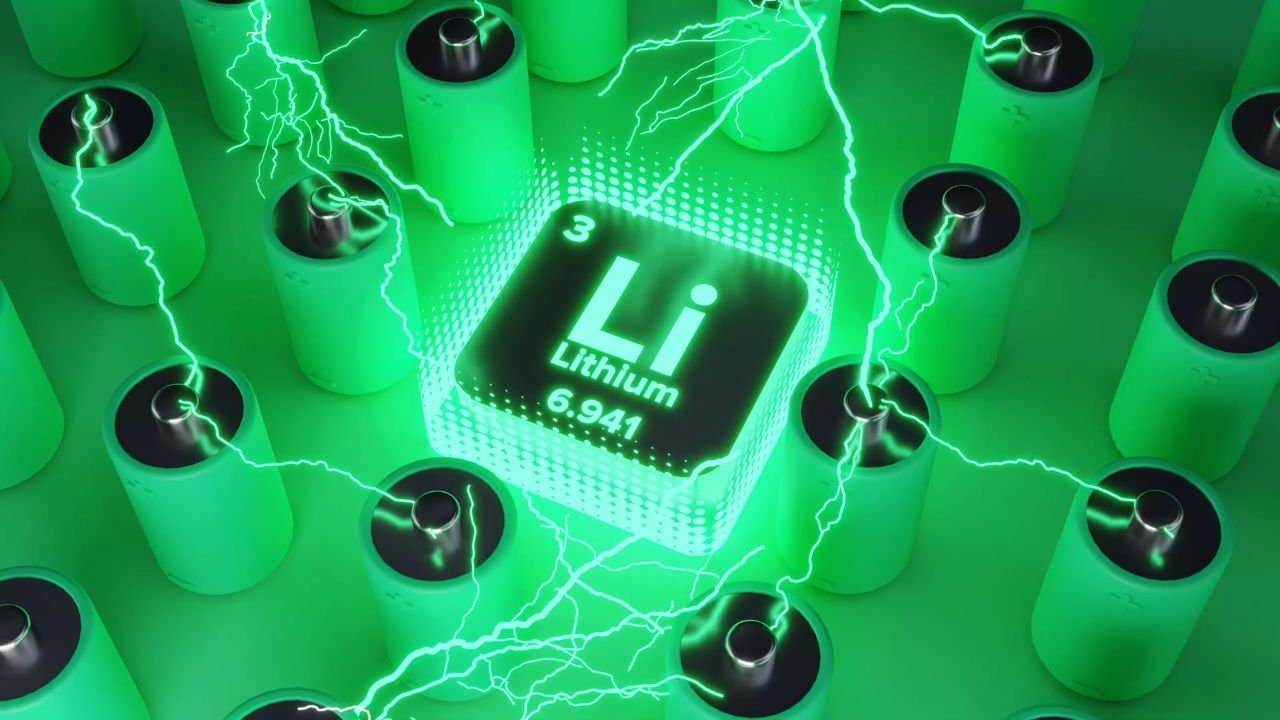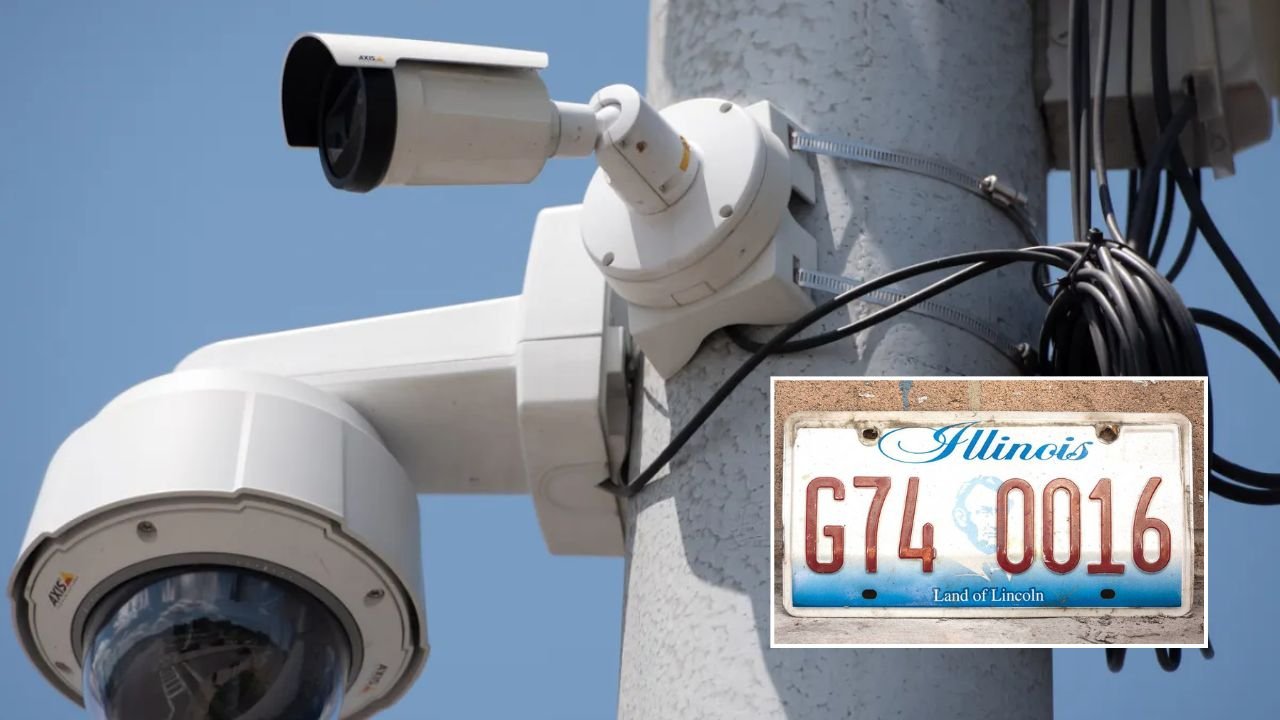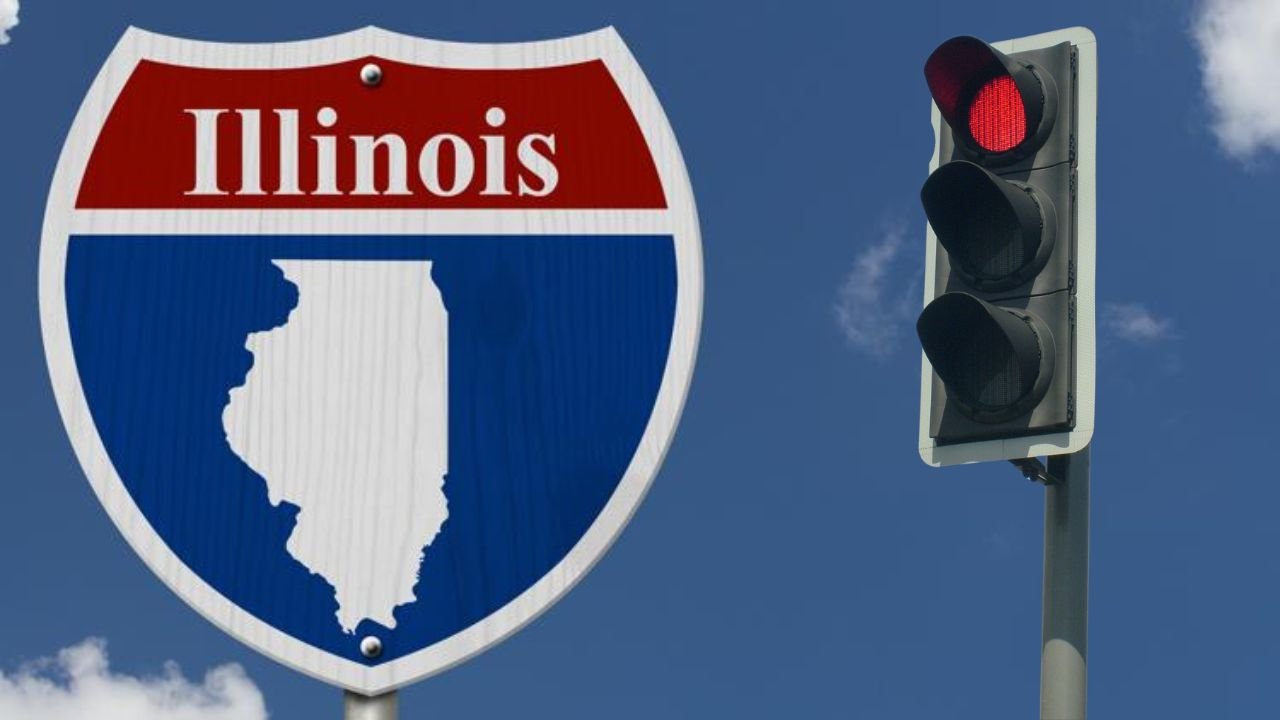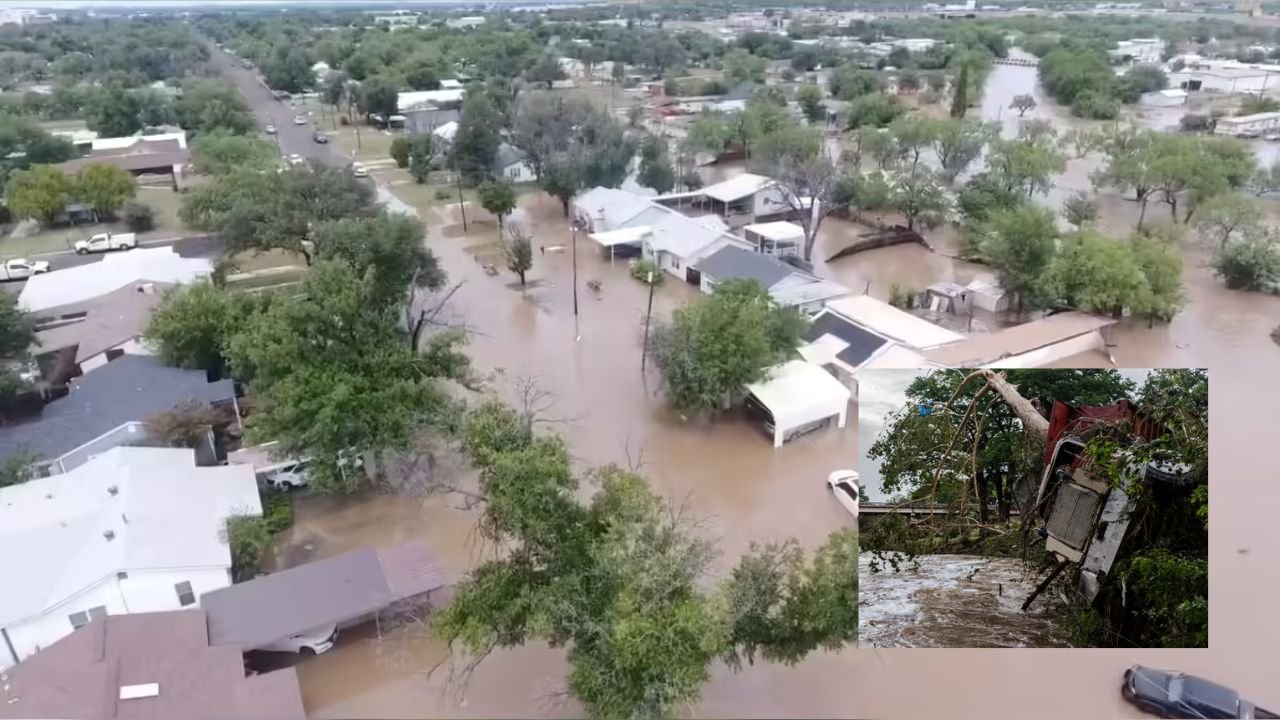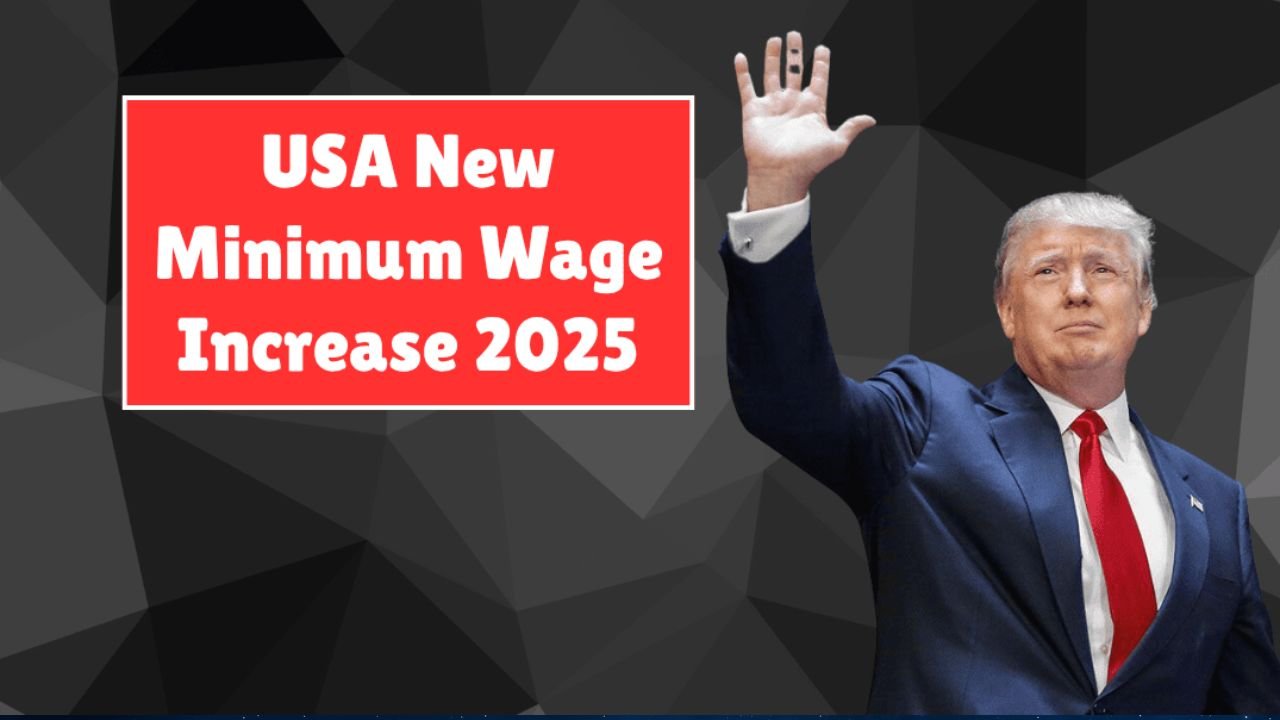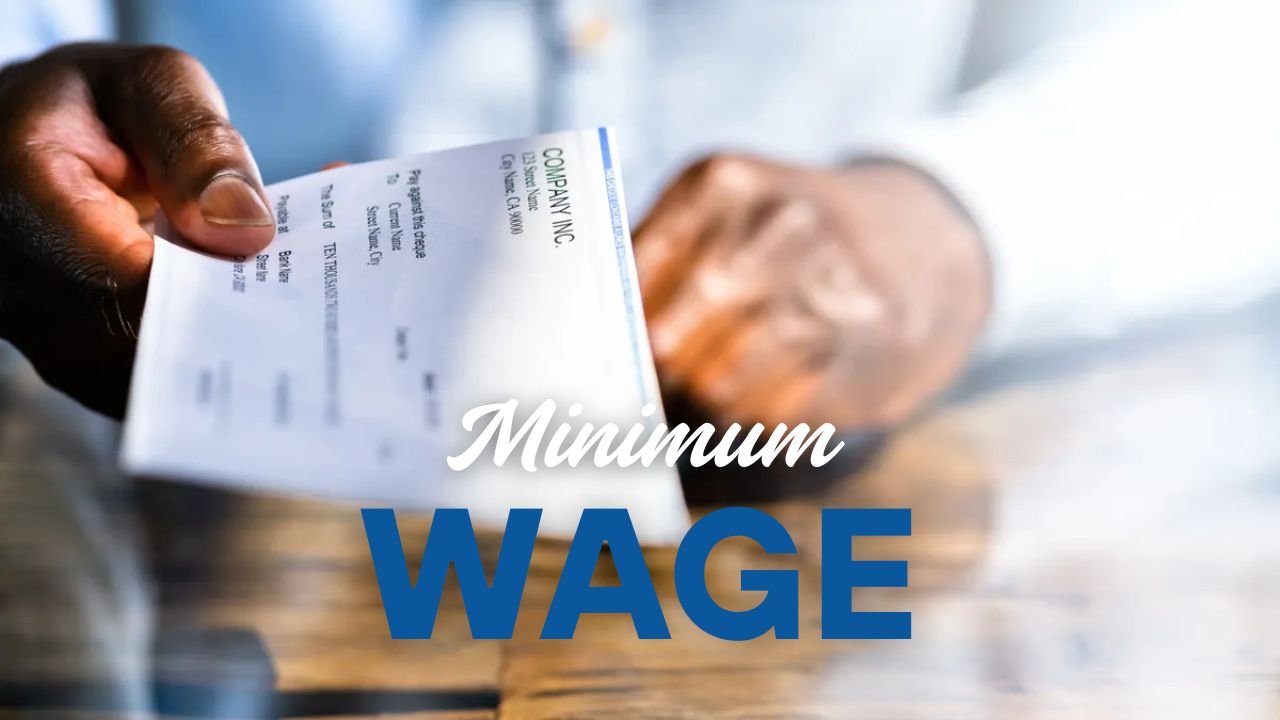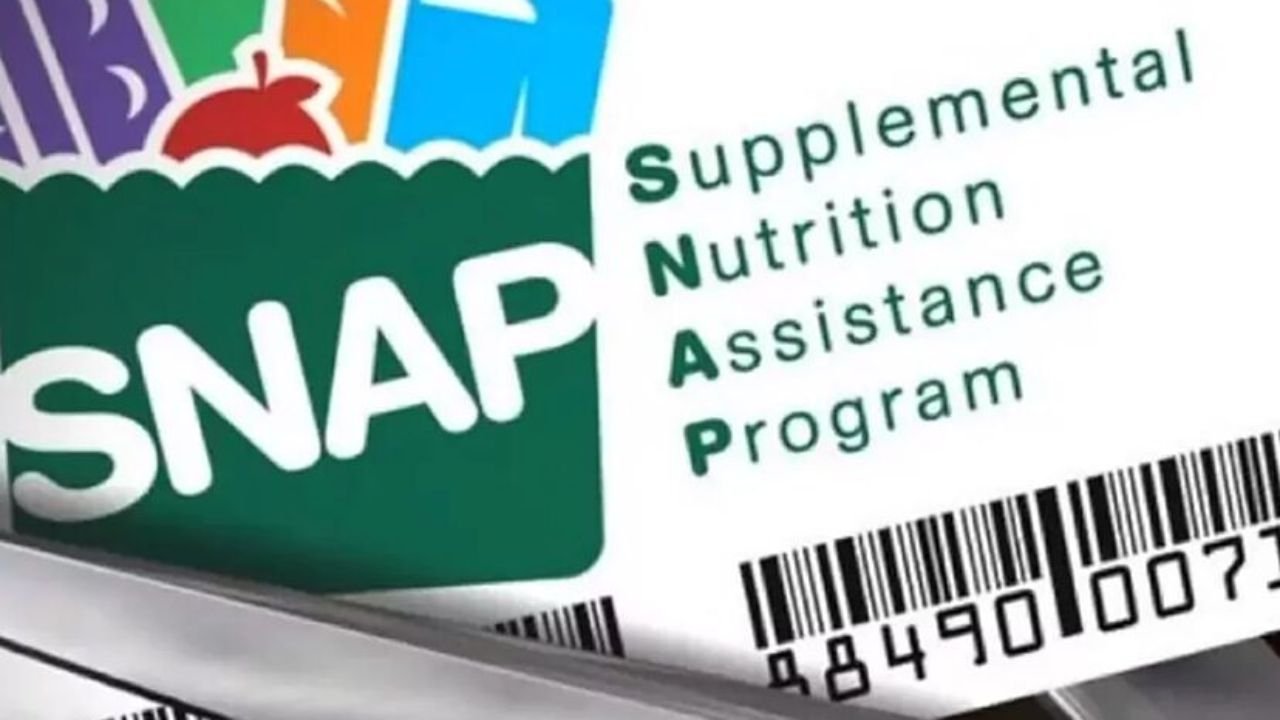ILLINOIS — A Stanford-affiliated startup says it’s on the verge of solving a critical clean energy challenge: making lithium extraction faster, cheaper, and less harmful to the environment. If successful, this technology could reshape how the U.S. powers its electric vehicles and energy storage systems — and reduce reliance on foreign suppliers like China and Chile, which currently dominate the global lithium market.
$24M Raised To Scale Lithium Breakthrough
The startup, Lilac Solutions, recently raised $24 million in a funding round led by prominent investors including Breakthrough Energy Ventures, which is backed by Bill Gates, and Lowercarbon Capital, run by climate tech investor Chris Sacca, as reported by TechCrunch.
Their goal? To prove that direct lithium extraction (DLE) from U.S.-based brine sources can be commercially viable — and that it can be done without massive water usage or ecological damage.
“We’ve demonstrated that our ion-exchange technology can extract lithium in hours, not months — with lower costs and far less water waste,” said Dave Snydacker, CEO of Lilac Solutions, in a recent statement to Bloomberg.
The Process: Cleaner, Faster, Domestic
Traditional lithium production in places like South America uses evaporation ponds that take over a year and waste billions of gallons of water. Lilac’s new tech instead uses reusable ceramic beads to absorb lithium directly from underground saltwater brine.
These beads capture lithium in just hours, drastically reducing:
-
Land use
-
Carbon emissions
-
Toxic wastewater runoff
A pilot program has already launched in California’s Salton Sea, where the U.S. Department of Energy has identified more than 3 million metric tons of lithium potential — enough to supply EV batteries for decades.
As reported by The Verge, this region could become the U.S. version of “Lithium Valley” — a major clean energy hub.
Why It Matters For The Midwest And Illinois
Illinois-based companies such as Rivian (EV automaker in Normal, IL) and Lion Electric (battery producer in Joliet) stand to gain from a more secure and affordable U.S. lithium supply chain.
The Inflation Reduction Act now requires that a certain percentage of EV battery minerals be sourced from domestic or allied countries to qualify for tax credits. That makes local lithium production a necessity.
“Without a domestic source of lithium, our EV and battery storage goals are at serious risk,” warned U.S. Energy Secretary Jennifer Granholm in a recent DOE update.
Environmental and Regulatory Scrutiny Ahead
Despite the promise, some environmental groups are urging caution. Organizations like Earthjustice say federal oversight is needed before scaling up extraction around geothermal hotspots like the Salton Sea.
There’s also the issue of scaling the technology. While Lilac’s lab results are impressive, full commercial deployment hasn’t been tested yet, and infrastructure investment will be key.
“We’re watching closely to make sure this doesn’t just become another ‘greenwashed’ mining scheme,” said Ana Salazar, policy director at California’s Community Water Coalition, via Grist.
What’s Next for Lilac Solutions?
-
Pilot plants underway in California and Nevada
-
Full-scale facility expected by 2026
-
Long-term aim: U.S. lithium independence by 2030
The company says the recent $24 million will go toward engineering, permitting, and early-stage production, with a goal of making lithium as abundant and affordable as gasoline once was.
Do you think the U.S. should expand clean lithium production in places like California and Nevada — even if it means more industrial activity? Share your views with us at ChicagoSuburbanFamily.com.

